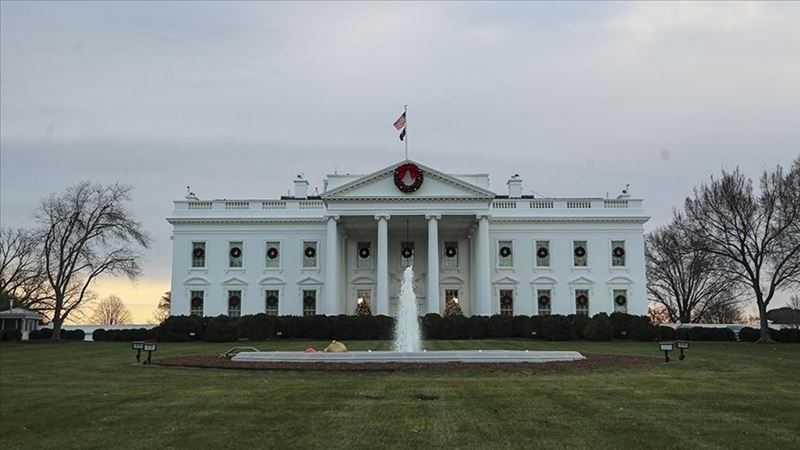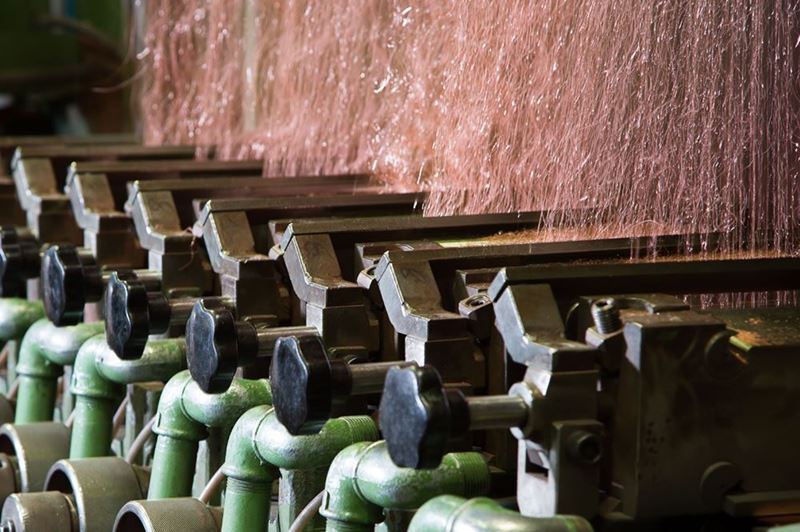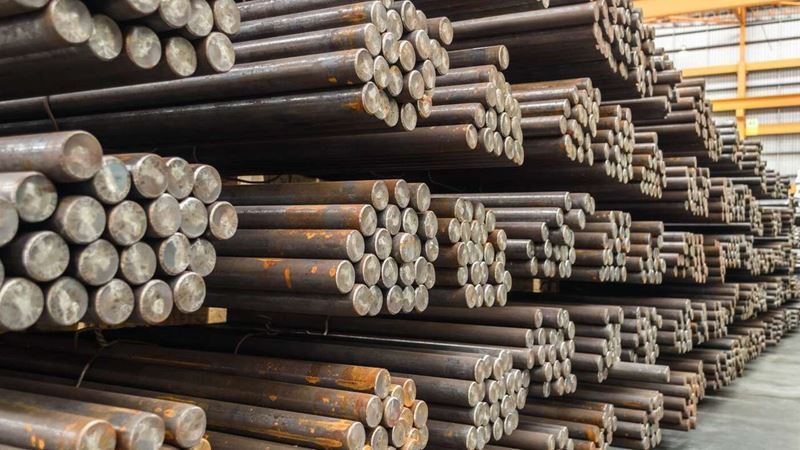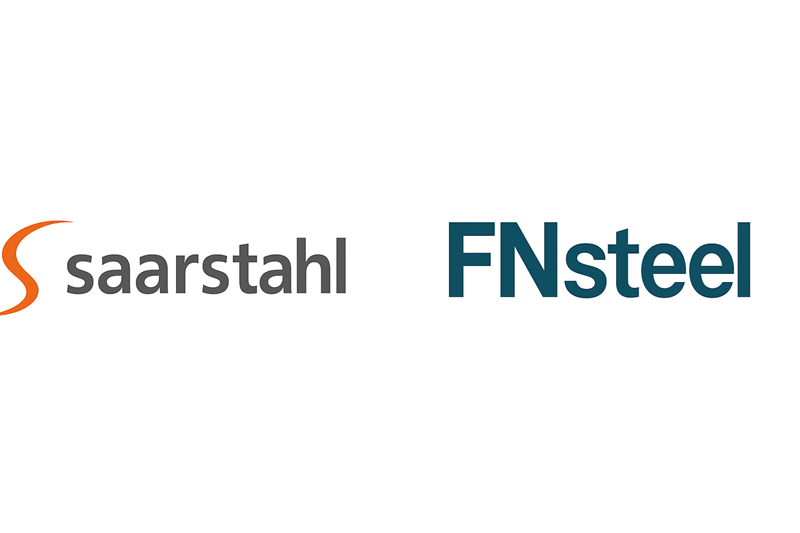The White House announced that US President Donald Trump signed the tariffs under the title “Countering trade practices that undermine national security”.
President Donald J. Trump signed a proclamation increasing tariffs on steel and aluminum to 50%.
The Trump administration emphasized that the steel and aluminum sectors are “vitally important” and stated that this decision aims to protect American industry against subsidized and dumped exports from unfairly competitive countries, especially China. Under Section 232 of the Trade Expansion Act of 1962, President Trump exercised his authority to limit imports that threaten national security.
Situational Exemption for Imports from the UK
Tariffs on steel and aluminum imports from the UK will remain unchanged at 25% for now. However, depending on the future of the US-UK Economic Prosperity Agreement, new regulations or quotas could be introduced as of July 9, 2025. The application will be tariffed only on the steel and aluminum content of products; other content will be subject to the general tariff framework.
Strict Measures Against False Declarations
The new declaration requires detailed declaration of the steel and aluminum content of imported products. Heavy sanctions such as fines and loss of import rights await companies that violate the declarations.
Capacity Utilization Under Pressure
Although the Section 232 tariffs imposed during Trump's first term boosted production in the short term, import pressure in the following years led to a decrease in capacity utilization rates. While capacity utilization in the US steel industry reached 80% in 2021, it decreased to 77.3% in 2022 and 75.3% in 2023. In aluminum, the ongoing fall since 2019 is noteworthy. The capacity utilization rate, which increased from 40% to 61% between 2017 and 2019, declined to 55% by 2023.
Trump: “We Will Protect American Manufacturers”
President Trump emphasized that this step was taken with the aim of revitalizing American manufacturing. The tariffs imposed during his first presidential term led to the creation of thousands of new jobs and billions of dollars of investment in factories, he said, recalling that the tariffs were “a boon for Minnesota's iron ore industry.”
Economic Impacts: “Tariffs are Working”
The Trump administration's statement emphasized that the tariffs had more positive results than expected. In a report published by the US International Trade Commission in 2023, it was stated that the tariffs encouraged production in the US by reducing imports from China and had a limited impact on prices.
The Economic Policy Institute, on the other hand, argued that tariffs have no link to inflation, while the Atlantic Council pointed out that tariffs direct American consumers to domestic products. Former Treasury Secretary Janet Yellen also stated last year that these tariffs have no meaningful impact on prices.
A global economic analysis published in 2024 estimated that a 10% tariff would generate USD 728 billion in economic growth worldwide, create 2.8 million new jobs and increase household incomes by 5.7%.
New Protection Wall for American Industry
Trump's move signals his policy for his second term and was welcomed by the US steel and aluminum industries. With the new tariffs, the US aims to bring domestic production back to the forefront in global competition and protect its strategic sectors against external influences.









Comments
No comment yet.